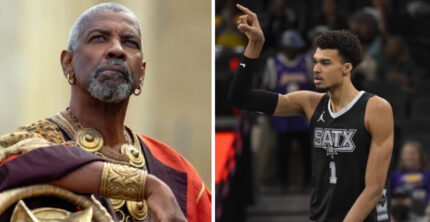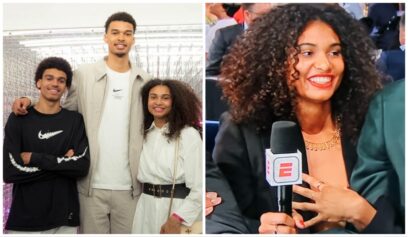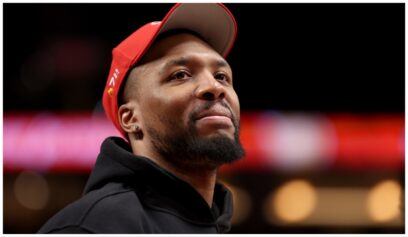The editorial staff at TSL took a look back at some of the biggest moments in 2013, by revisiting a few of out hardest-hitting pieces to round out the year. The San Antonio Spurs' time supposedly passed them by years ago. Instead, last spring they prolonged their dominion over the Western Conference by returning to the NBA Finals for the first time in six years. In this column, D.J. Dunson dissected the movers and shakers in the Spurs organization that allowed them to recalibrate and create a cohesive championship caliber around the aging Big 3 out of spare parts and recycled role players.
#8 – We Always Think of the Spurs as PBS; The Truth Is They're HBO
Over the last decade, large market NBA franchises have begun diving into billion-dollar T.V. rights deals. The San Antonio Spurs don’t have that option, but if they could take that lucrative route, they’d be Team PBS. The Spurs are dull, educational, garner low network ratings (their most recent NBA Finals in 2007 and Sunday’s Game 1 of the Western Conference Finals were record-lows), and have stood the test of time in the nation’s 37th smallest media market.
As rosters, rules and trends have changed over the past 16 years, the Spurs adjusted.
The New Orleans Pelican-Hornets, Oklahoma City Thunder and even the Memphis Grizzlies could pick up a few lessons on sustained success from the Spurs.
The Spurs titles revolve around Tim Duncan, but general manager R.C. Buford and Gregg Popovich continuously amass one of the most eclectic rosters in the league via late draft picks, the D-League and the international waters. In the process, their 14 consecutive 50-win seasons (it's be 16 if not for the 50-game lockout-shortened '99 season) have challenged the concept of the NBA as a “players” league. The Spurs don’t rely on a singular strategy or dominant scorer, but are able to compete because they’re versatile enough to match up with any roster in the league.
“I like role players who aren’t very good but have a skill,” Pop disclosed to Sports Illustrated last season. “I know who’s going to have the ball on our team, and need players who understand this.”
Manu Ginobili is the known commodity. He is hoops’ Maradona to Argentinians, but in the NBA, he surrendered the spotlight to be Duncan’s and Parker’s accomplice off of the bench. At this stage of his career, Ginobili’s game can occasionally get a little senile. Every now and then, he summons the spirit of the savvy 27-year-old Euro Olympic gold medalist, but these days he often blacks out and plays up to his 36 years of age.
However, San Antonio isn’t solely reliant on Ginobili’s exploits to anchor the supporting cast. It extends way beyond Ginobili.
After averaging 7.9 points and 5.9 rebounds a game as a rookie, Kawhi Leonard upped his scoring average to 12 per game, solidified his rep as a wing defender during his sophomore campaign, and has Popovich uncharacteristically dishing praise about his potential.
“I think he’s going to be a star. And as time goes on, he’ll be the face of the Spurs,” Popovich told Sporting News before the season. “At both ends of the court, he is really a special player.”
It may seem like hyperbole because Leonard isn’t a microwave-ready star, but the Spurs’ 21-year-old starting small forward is being slow-cooked underneath the smoldering San Antonio heat at the same temperature as a young Paul George, Mike Conley or Tony Parker.
RELATED: The TSL Top 10: Richie Incognito and The Evolution of The N-Word – #10
RELATED: The TSL Top 10: Racism in Soccer is A Disease; Mario Balotelli Is the Cure



